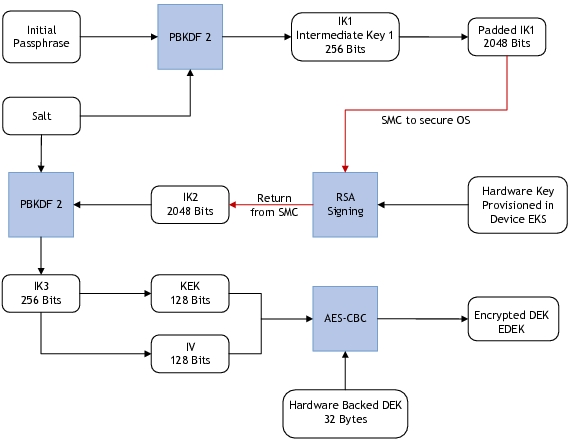
- Virtualmachine cpp call filesystem install#
- Virtualmachine cpp call filesystem full#
- Virtualmachine cpp call filesystem code#
If you want to access a deeply nested property that is otherwise hard to navigate to via the Scope view, you can use the Console evaluation, too! However, note that more complex C++ expressions are not yet supported. Similarly, we can expand and check the real and imaginary parts of the complex number stored in the center variable.


Virtualmachine cpp call filesystem full#
Let's set another breakpoint inside our main Mandelbrot loop, and resume execution to skip a bit forward.Īt this point our palette has been filled with some random colors, and we can expand both the array itself, as well as the individual SDL_Color structures and inspect their components to verify that everything looks good (for example, that "alpha" channel is always set to full opacity). We can already see all our variables on the right, but only width and height are initialized at the moment, so there isn't much to inspect. When we reload the page again, the debugger will pause right inside our C++ source:
Virtualmachine cpp call filesystem code#
This time, however, we don't have an error in the code (whew!), so let's set some breakpoint at the beginning of our code instead. When I open DevTools, once again, I can see the original C++ file. When I visit the generated page in the browser, I can see the beautiful fractal shape with some random colors: I'm going to compile it with the same -g flag as above to include debug information, and also I'll ask Emscripten to provide the SDL2 library and allow arbitrarily-sized memory:Įmcc -g -o mandelbrot.html \ You can see that this application is still fairly small-it's a single file containing 50 lines of code-but this time I'm also using some external APIs, like SDL library for graphics as well as complex numbers from the C++ standard library. Render everything we've drawn to the canvas. SDL_SetRenderDrawColor (renderer, color. Std ::complex c = (point - center ) * scale Generate a palette with random colors.įor ( int i = 0 i center ( 0.5, 0.5 ) įor ( int y = 0 y point ( ( double )x / width, ( double )y / height ) SDL_CreateWindowAndRenderer (width, height, SDL_WINDOW_OPENGL, &window , This time, we'll draw a Mandelbrot fractal with the following C++ code: # include Let's take a look at a more complicated example to show those. This applies not only to primitive values like integers, but to compound types like structures, classes, arrays, etc., too! # Rich type support Now, if you look in the Scope view, you can see the original names and values of variables in the C/C++ code, and no longer have to figure out what mangled names like $localN mean and how they relate to the source code you've written. You should see the DevTools paused on an exception:īy default, it stops on an Emscripten-generated glue code, but on the right you can see a Call Stack view representing the stacktrace of the error, and can navigate to the original C line that invoked abort: Now we can go back to the Sources panel, enable Pause on exceptions (⏸ icon), then check Pause on caught exceptions and reload the page. When you close the Settings, DevTools will suggest to reload itself to apply settings, so let's do just that. Open Chrome DevTools, click the gear ( ⚙) icon in the top right corner of DevTools pane, go to the Experiments panel and tick WebAssembly Debugging: Enable DWARF support. You'll also want to enable WebAssembly debugging in the DevTools Experiments.
Virtualmachine cpp call filesystem install#
Please install it by going to this link: goo.gle/wasm-debugging-extension This time we'll also need a helper extension that integrates with Chrome DevTools and helps it make sense of all the debugging information encoded in the WebAssembly file. Now we can serve the generated page from a localhost HTTP server (for example, with serve), and open it in the latest Chrome Canary. To compile it, we use latest Emscripten and pass a -g flag, just like in the original post, to include debug information: Let's start with the same simple C example as the last time: # include Today, we're excited to showcase the promised features come into life and the progress Emscripten and Chrome DevTools teams have made over this year, in particular, for C and C++ apps.īefore we start, please keep in mind that this is still a beta version of the new experience, you need to use the latest version of all tools at your own risk, and if you run into any issues, please report them to. Evaluating expressions in source languages.

We demonstrated basic stepping support and talked about opportunities usage of DWARF information instead of source maps opens for us in the future: A year ago, Chrome announced initial support for native WebAssembly debugging in Chrome DevTools.


 0 kommentar(er)
0 kommentar(er)
